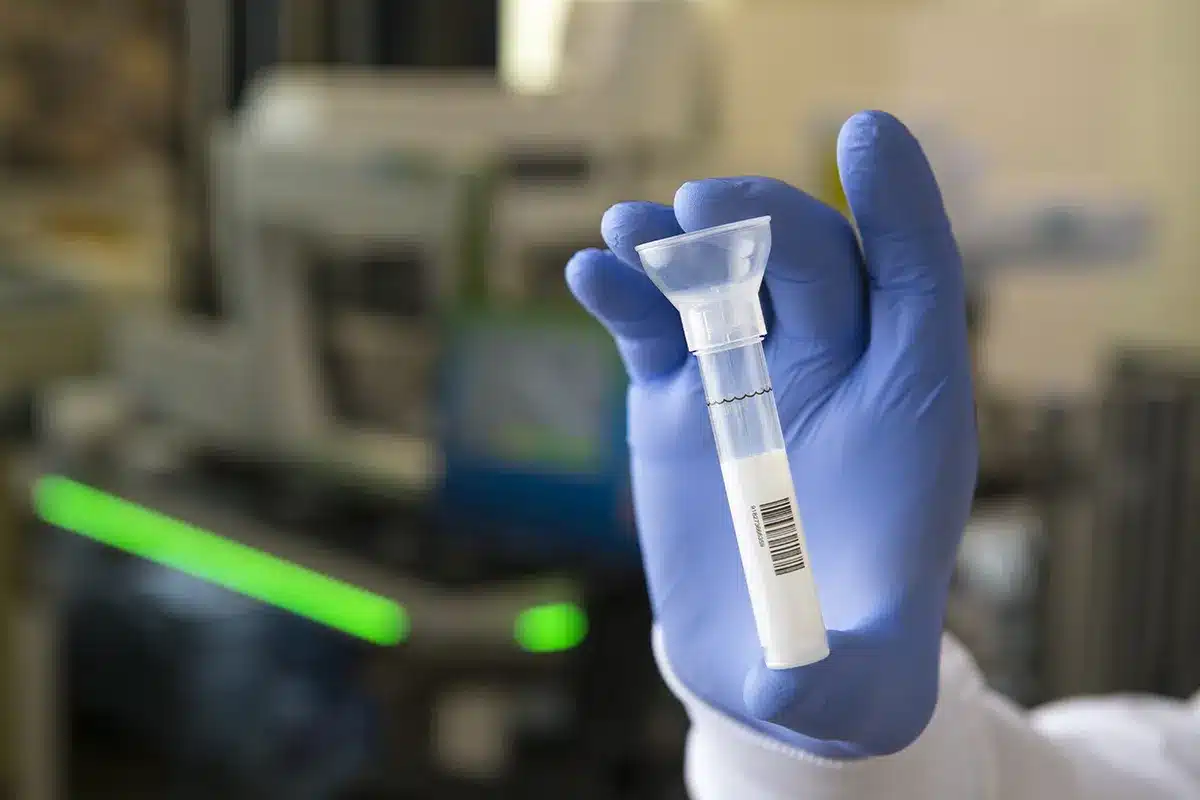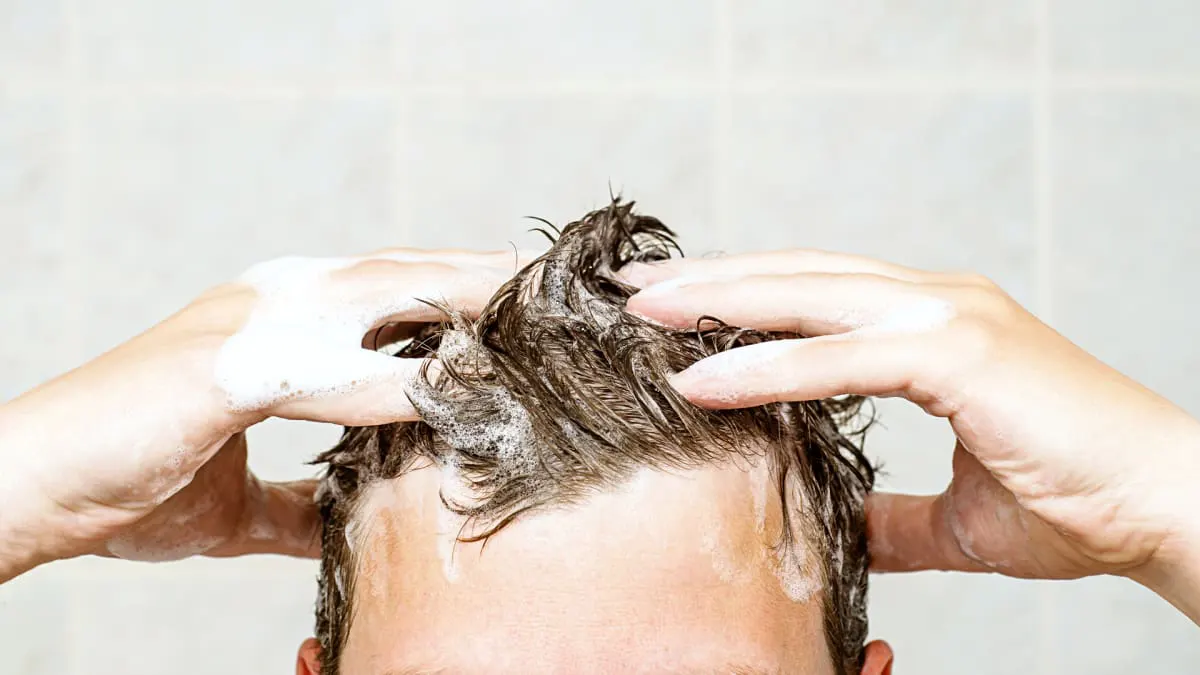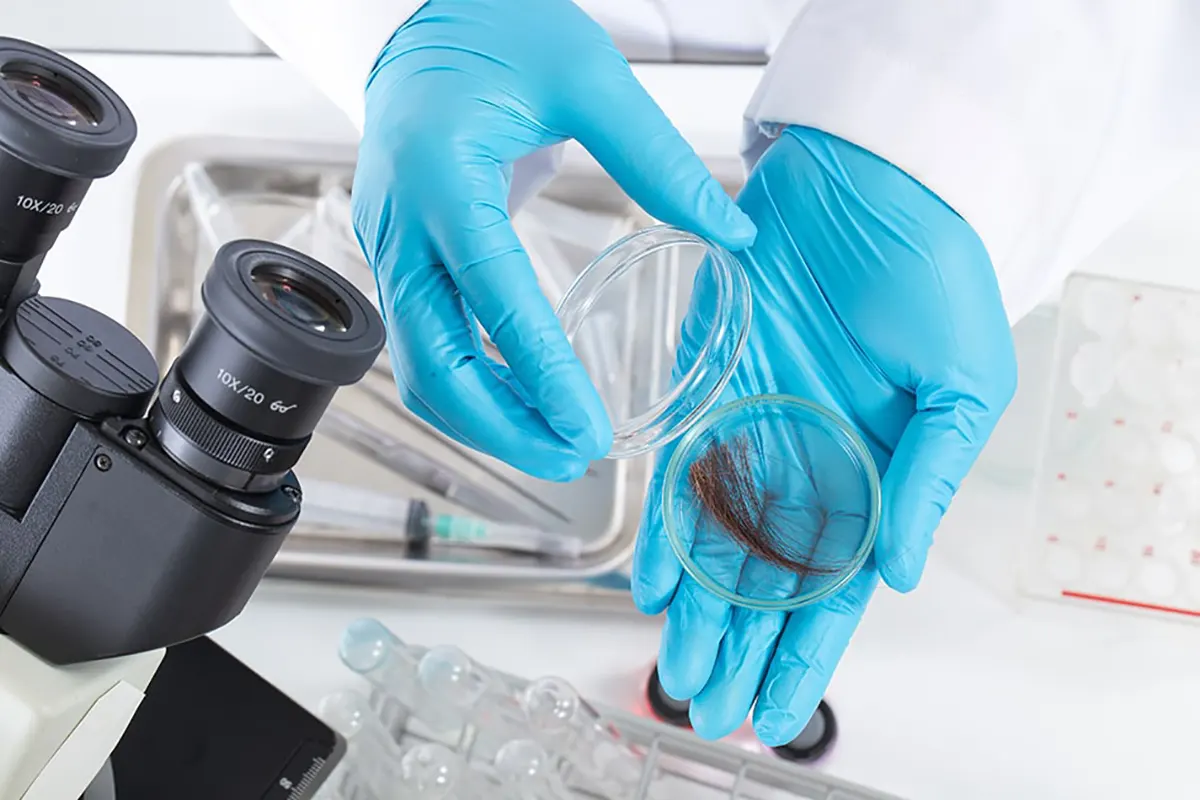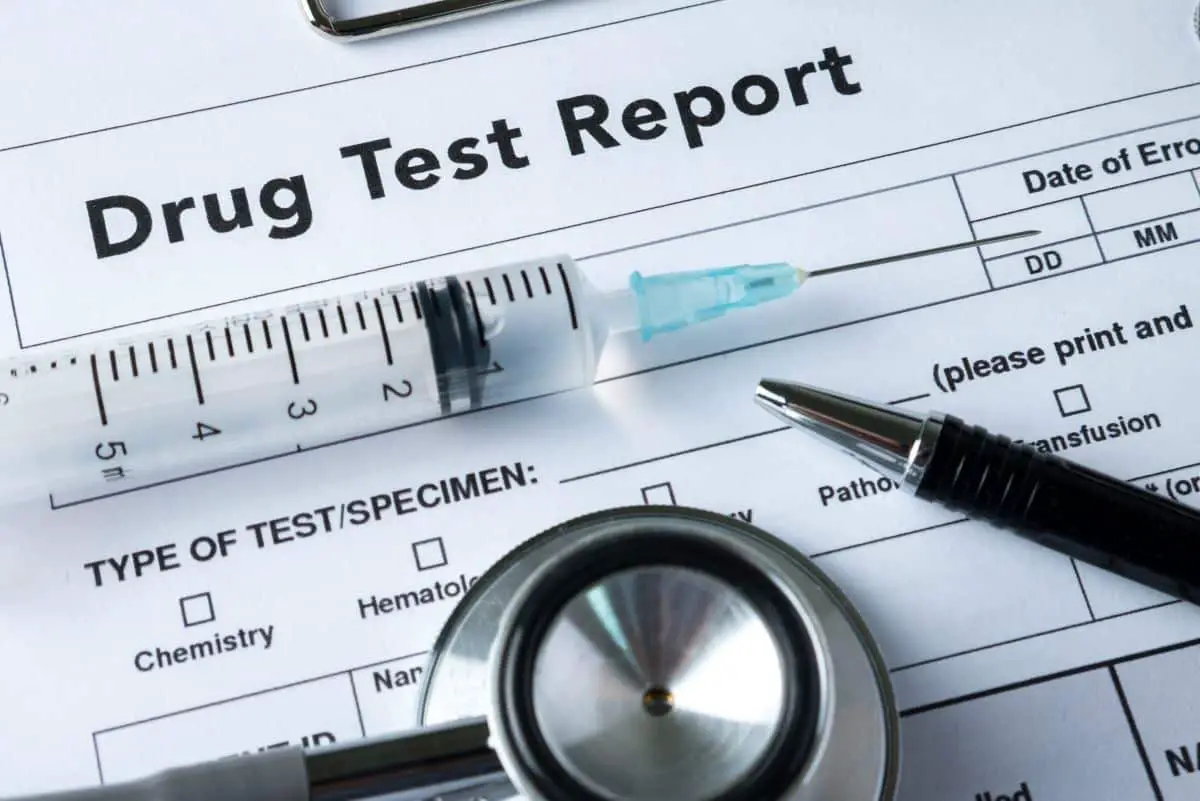Drug testing may be a typical obstacle you must overcome if you have a history of substance abuse and are attempting to rebuild your life after receiving a felony sentence. For convicts, drug testing is often required; therefore, it’s crucial to understand which tests are the most challenging to pass. Among urine, blood, saliva, and hair tests, which drug test is the hardest to pass?
The hair drug test is the most difficult to pass among all the available drug testing types. Depending on the length and part of the hair sample, it may identify drug use for up to 90 days.
Read on to learn about the most challenging drug test to pass and a summary of other typical drug tests, how they work, and their detection windows.
Quick Navigation
- What To Know About the Hair Follicle Drug Test
- How Does Hair Testing Work?
- Drugs Detected In A Hair Test
- Hair Test Compared with Other Drug Tests
- How Do You Clear Your Hair For The Test?
- So, Which Drug Test Should You Use?
- Conclusion
What To Know About the Hair Follicle Drug Test

One of the most reliable drug tests now available is the hair test. It is also the hardest to pass.
The hair tests look for drug metabolites in a person’s hair follicle. Drug metabolites enter the circulation after substance use and are then deposited in the hair follicle.
Hair testing makes it difficult to deceive since it may identify drug usage up to 90 days before the test.
Currently, hair grows on average 5 inches per month. There is a substantial probability that drugs you used even three years ago will still be present when personnel check the tips of your hair strands.
However, standard hair testing won’t be at the ends of the strands. Nowadays, authorities do not truly check the hair’s ends anymore.
How Does Hair Testing Work?
The required length for hair testing is 1.5 inches of hair clipped off at the root. Testing authorities throw away the remaining non-rooted hair to ensure that the examined hair samples will only span around three months.
There are situations when individuals do not have at least 1.5 inches of hair on their heads to test. This situation may warrant a test of hair beneath the arm and leg or using hair from other body regions. Beard hair is sometimes utilized for testing purposes as well.
They contend that there’s a strong possibility that body hair will hold on to more drug residue for longer because it grows significantly more slowly.
However, some body follicles indeed develop at the same rate as normal hair. The main distinction is that once it reaches its maximum length, it stops growing.
Drug deposits cannot penetrate latent hair since there is no method for them to do so. Therefore, dormant strands typically can only deposit many substances’ residue for longer than four months.
Drugs Detected In A Hair Test

Numerous drugs, including marijuana, cocaine, amphetamines, opiates, and phencyclidine (PCP), can be found using hair testing. Many employers want these specific drug categories tested for potential hires.
The test may also detect drug or commonly misused prescription medication, including prescription opioids and benzodiazepines.
Drugs circulating through the body’s bloodstream will penetrate the follicle cells, where they will reside for a longer period. The material molecules are then locked within the hair specimens when the cell goes through the growth phase.
They eventually get keratinized and encapsulated within the hair shaft, making it simple to determine when and how many drugs were in the bloodstream.
Many businesses now use hair testing to determine an employee’s substance history because urine tests no longer provide test results that are entirely conclusive regarding past illicit drug use.
Hair testing, in contrast to other tests, may provide a larger drug detection window, making it more difficult to pass.
What Will Make It Inaccurate?
Although hair drug testing is very accurate, some things could influence the drug test result.
For instance, bleaching hair or using specific hair treatments might impact the test’s accuracy. A false positive result may also happen from secondhand smoking or drug exposure in the surroundings.
These elements are few, however, and have little impact on the test’s overall accuracy.
Hair Test Compared with Other Drug Tests

Currently, there are four main ways for specimen collection:
- Urine
- Saliva
- Hair
- Blood
Compared To Urine Drug Test
Urine testing is the only drug testing technique for jobs covered by federal regulations. It is simple to get a urine sample in urine testing and tested for prescription medications and other drugs.
On the other side, urine is a very manipulable specimen. Hundreds of websites allow consumers to purchase synthetic urine, which may thwart a urine drug testing procedure.
Urine tests can also identify drug usage for only up to 30 days. It is less reliable than a blood test in drug detection, which may last up to a week.
Compared To Blood Testing
A blood drug test has a precise but short drug detection window, making it ideal for continuous drug usage.
A blood drug test is the best option for getting immediate, current findings since it may identify drug usage within minutes to hours (as opposed to the days needed for a urine test).
A technician must collect a small amount of blood for a blood drug test, which is then processed and tested. Blood drug tests are conducted by a licensed expert, much like hair drug tests, significantly decreasing any chance of mistake or manipulation.
The detection window for this kind of test is relatively small and depends on the kind of substance, since the body rapidly metabolizes illicit drugs in circulation.
Compared To Saliva Testing

Saliva tests may identify drug usage for up to 48 hours and is less intrusive than blood testing. Things like nutrition and dental cleanliness may impact it, albeit not as precise as drug screening on hair.
Saliva tests are also effective, low cost, and take less time to collect since you can do it onsite. The test can detect extremely recent use, whereas urine tests need the drugs to have passed through your system to identify them.
Saliva test has much to offer, particularly for organizations that want to perform it themselves. Testers can get FDA-approved onsite swab testing, watch as the specimen is collected (making it difficult to rig), and submit the results to the lab for verification.
Saliva tests detect chronic daily users because of the narrow detection window, which ranges from a few minutes to around 48 hours.
Among the four testing options, hair testing can offer a longer detection window and is challenging to falsify; it is generally considered the most accurate drug test.
Here is a comparison chart of the different drug testing methods available, including their detection window and sensitivity.
| Drug Testing Method | Detection Window | Sensitivity |
| Urine | 1-30 days | Moderate |
| Saliva | 1-3 days | Low |
| Blood | 1-2 days | High |
| Hair | Up to 90 days | High |
Note: The frequency and intensity of drug usage, the person’s metabolism, and several factors may affect the detection window and common substances found.
How Do You Clear Your Hair For The Test?
You could believe that a toxicity test won’t pick up the material once the drug’s effects have worn off. However, you might fail a drug test while not feeling high.

The answer to how long drugs stay in hair is 90 days. Hair tests often detect drugs like cocaine, ecstasy, methamphetamine, opioids, and marijuana. The hair test is a less invasive drug test, and the results are more reliable.
You may wonder whether you can do anything to get the drug out of your system after substance abuse. Generally speaking, there isn’t much you can do to speed up your body’s medication metabolism.
Chemical processing mostly happens by the function of your liver and kidneys, and you cannot significantly alter their state of health promptly.
It isn’t easy to clean your hair for a drug test. Unlike urine or blood testing, there are no reliable methods to evade a hair drug test.
Although, one may try a few hacks to eliminate metabolites from the hair — shaving or using detox shampoos. These techniques, although practical, may only sometimes result in a passing grade.
The best way of getting rid of drugs from your body is to quit using them.
So, Which Drug Test Should You Use?
One should use a certain kind of drug test depending on their requirements. Understanding the various drug tests and their detection windows is also crucial.
For instance, for workplace drug testing for police officers, urine testing can be the most convenient and economical choice. However, hair testing might be the best option if you’re looking for a more precise test.

Conclusion
You have different alternatives beyond selecting how you choose to test when it comes to drug testing. A crucial element is also which substances to test for. Each drug test type has distinct benefits and drawbacks of its own.
Among all the tests, the hair drug test is the most difficult to pass because it can catch drug use over a long period of time.
It is crucial to remember that the best way to pass a drug test is to entirely refrain from using drugs.
The best course of action, if you’re battling with substance abuse, is to obtain assistance and undergo a rehabilitation program to address the underlying issue and avoid failing a drug test.

